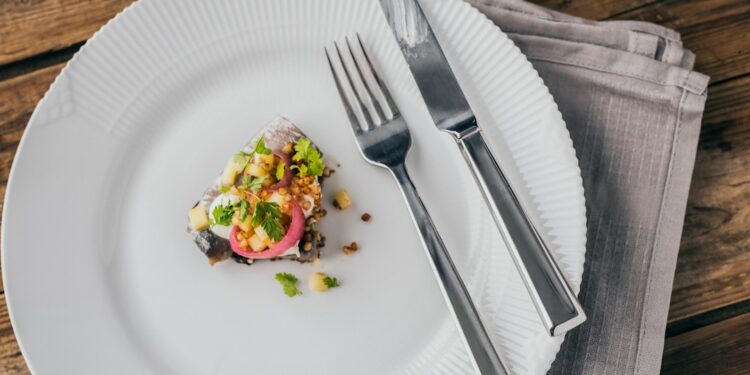Where did the fork originate?

Italy
Greece
China
Egypt
When did forks become common in Europe?

4th century
10th century
16th century
18th century
What was the initial primary use of the fork?
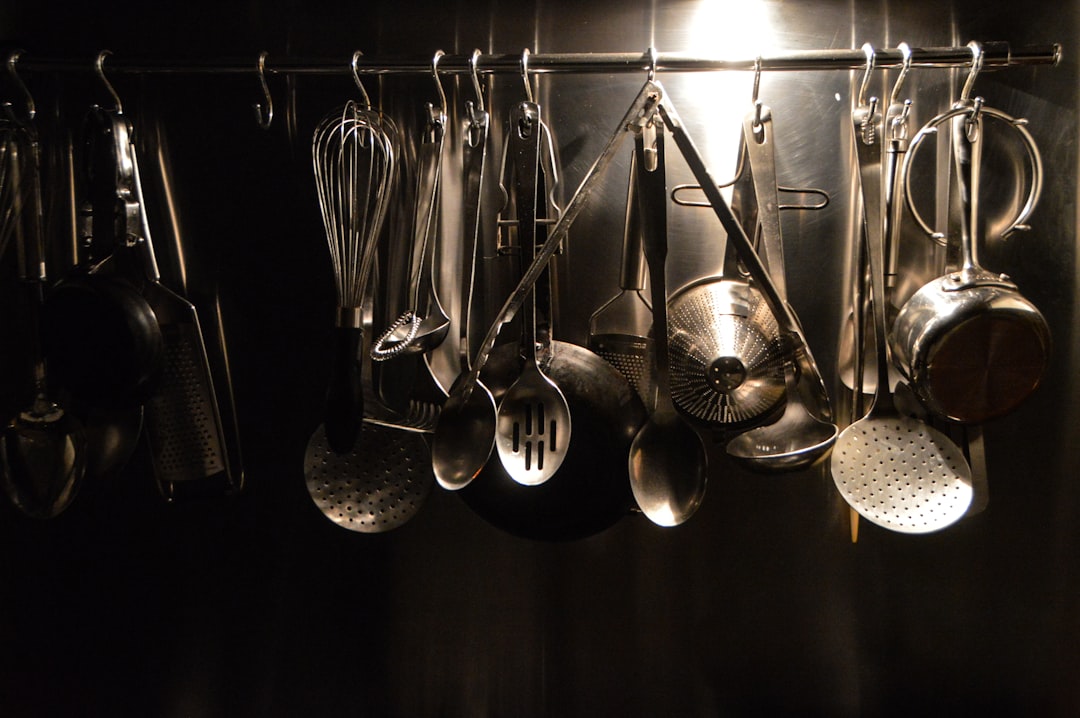
Eating pasta
Cooking
Serving food
Eating soup
Which material was NOT commonly used to make early forks?

Silver
Gold
Bronze
Plastic
Who is credited with popularizing the fork in France?
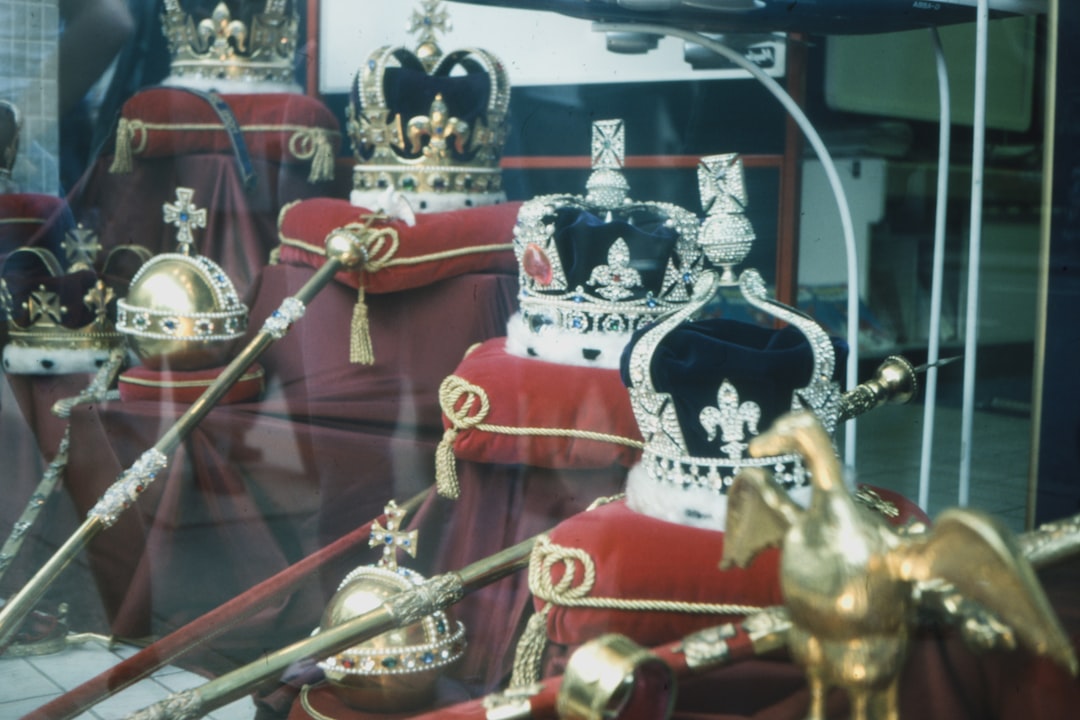
Catherine de Medici
Marie Antoinette
King Louis XIV
Napoleon Bonaparte
What was a major reason for resistance to fork usage in medieval Europe?
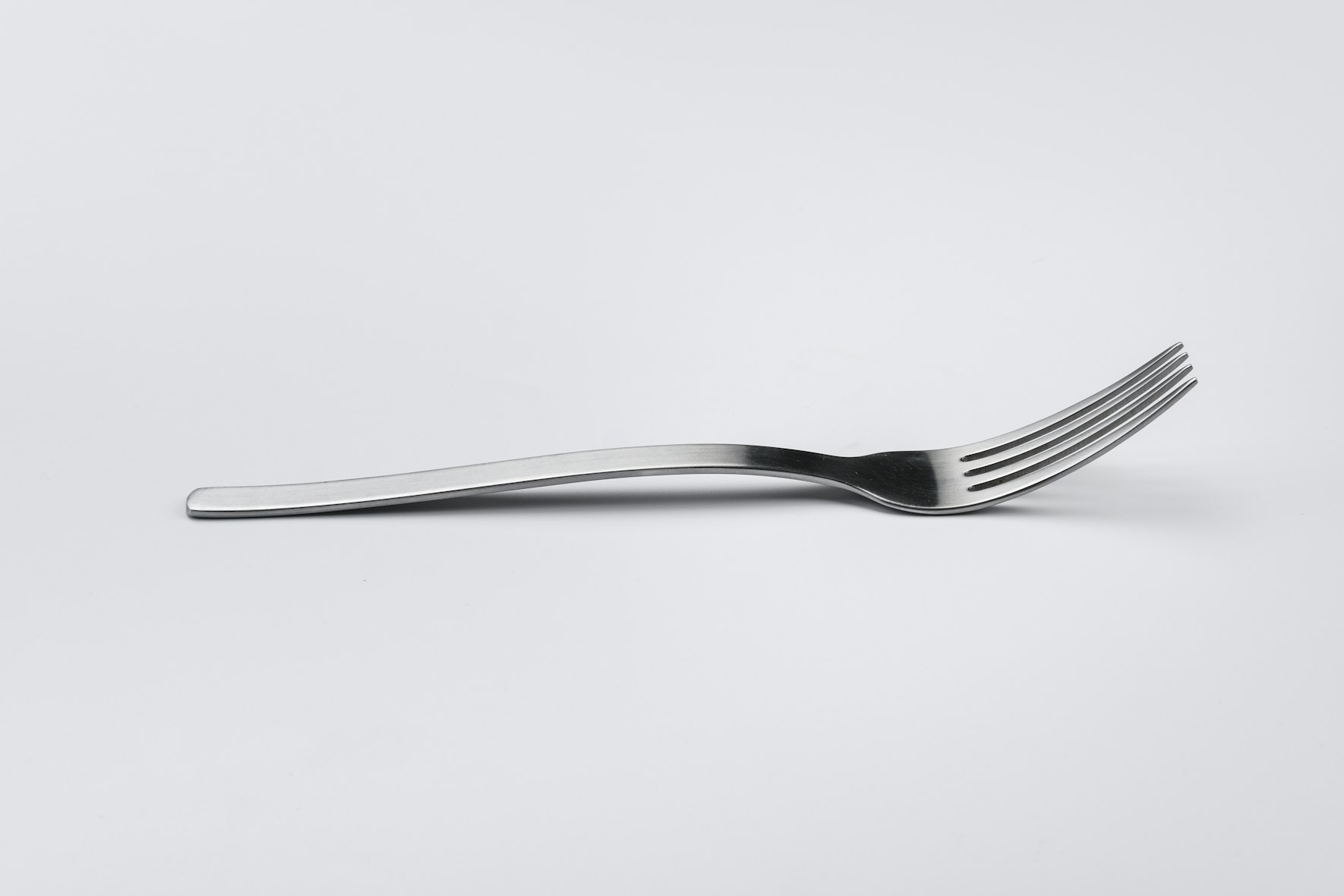
Cost of production
Religious beliefs
Difficulty of use
Lack of demand
In which century did the fork become commonplace in American dining?

17th century
18th century
19th century
20th century
What style of fork is typically used in Thai cuisine?

Three-pronged
Four-pronged
Two-pronged
No forks used
Which culture is known for traditionally not using forks?
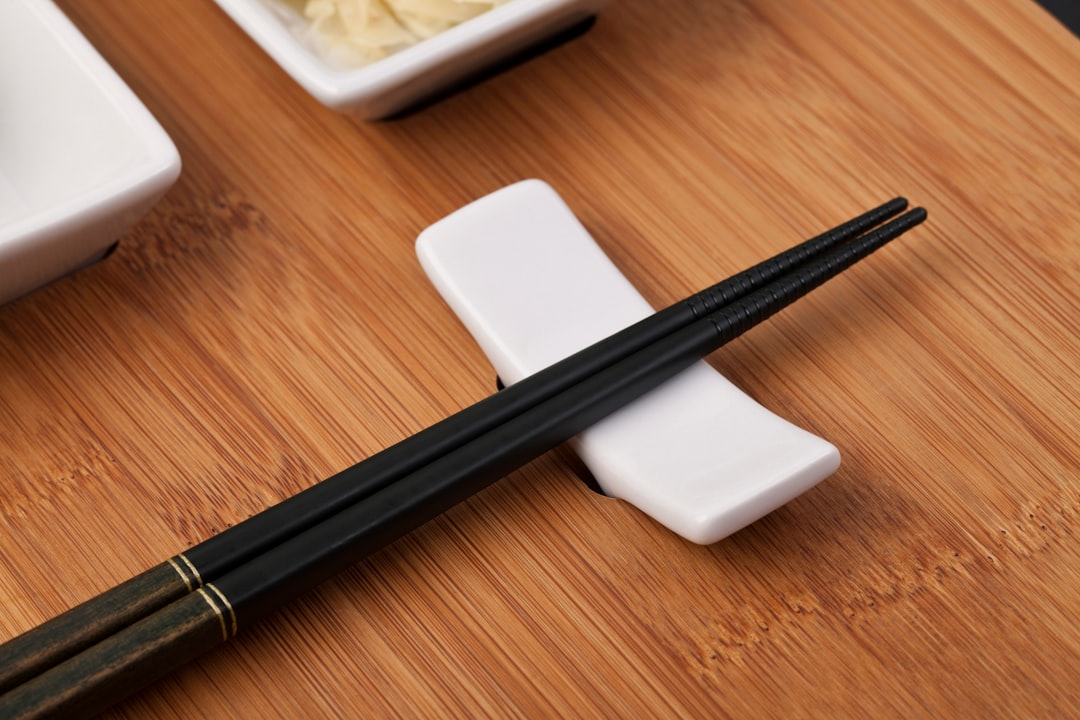
Japanese
Russian
Brazilian
Australian
When did the table fork with four tines become standard?
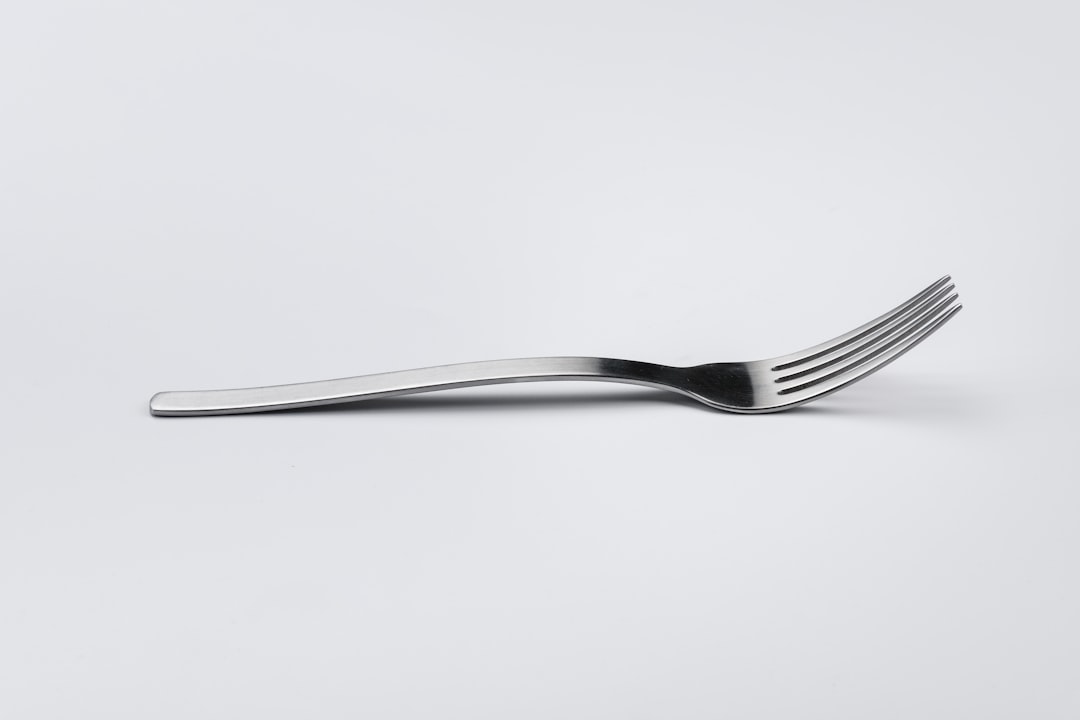
Middle Ages
18th century
19th century
Early 20th century
What was a common fork design in the 17th century?
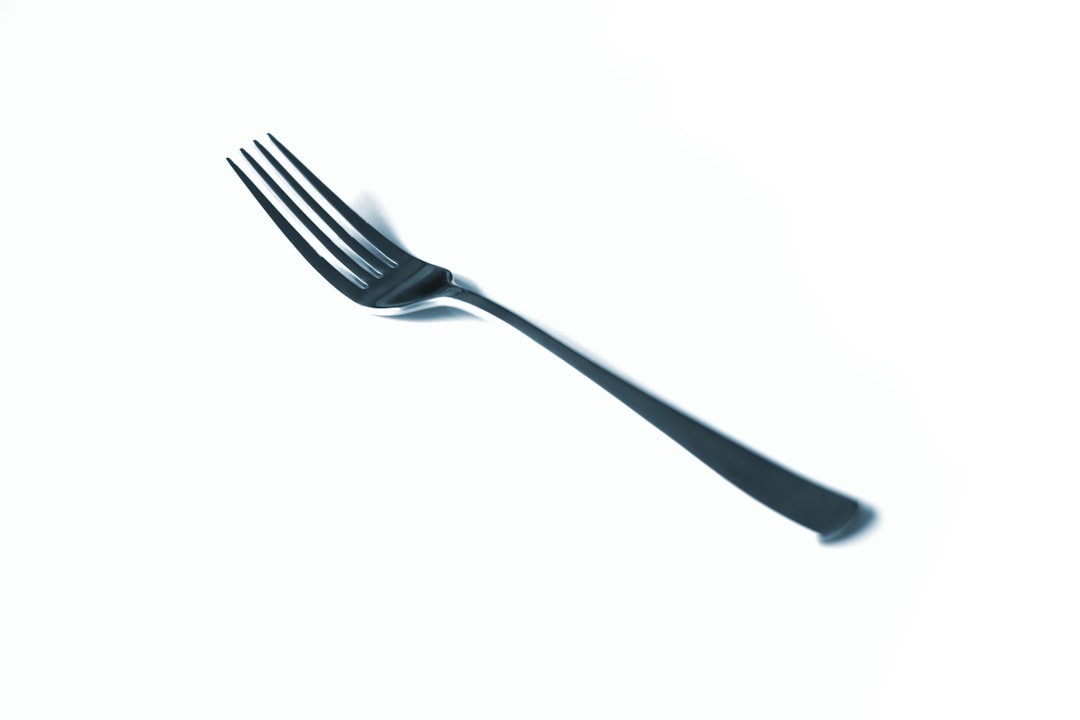
Two-tined
Three-tined
Four-tined
Five-tined
What innovation characterized the 18th-century fork?

Longer handles
Decorative engravings
Rounded tines
Additional tine
Which culture influenced early European fork designs?

Roman
Byzantine
Norse
Persian
Which royalty is known for using a golden fork?
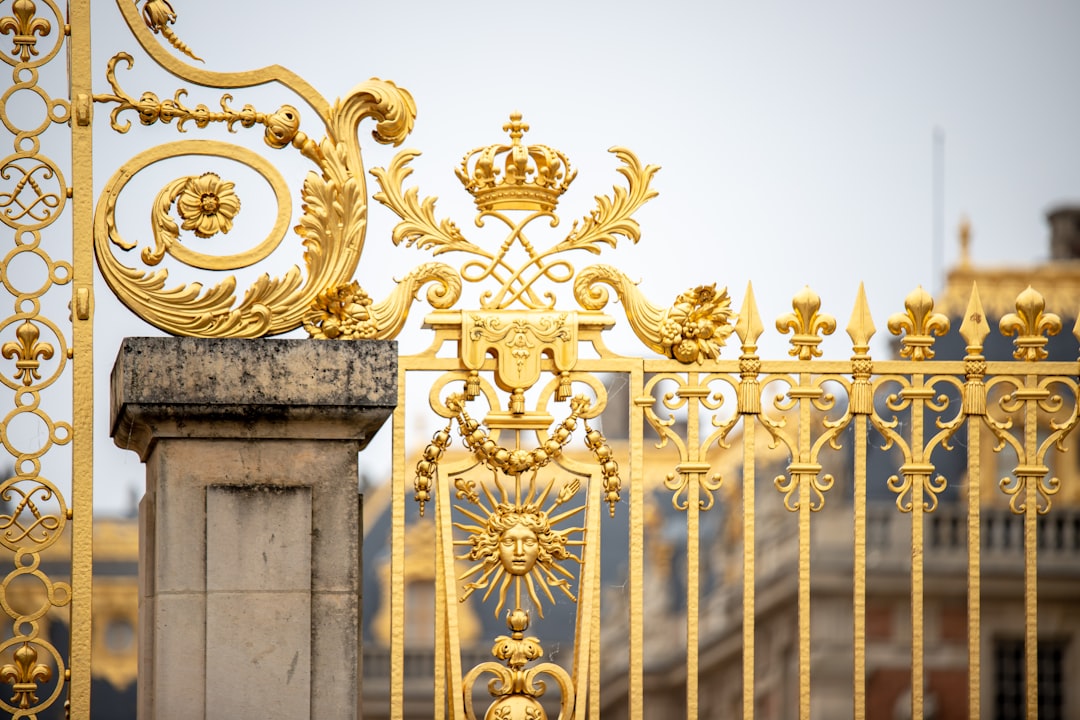
King Henry VIII
Queen Elizabeth I
Emperor Nero
Louis XIV
What type of wood was used in early wooden forks?

Oak
Maple
Birch
Olive
What event increased fork usage in the 19th century?

Industrial Revolution
French Revolution
American Civil War
World War I
What feature distinguishes a salad fork from a dinner fork?
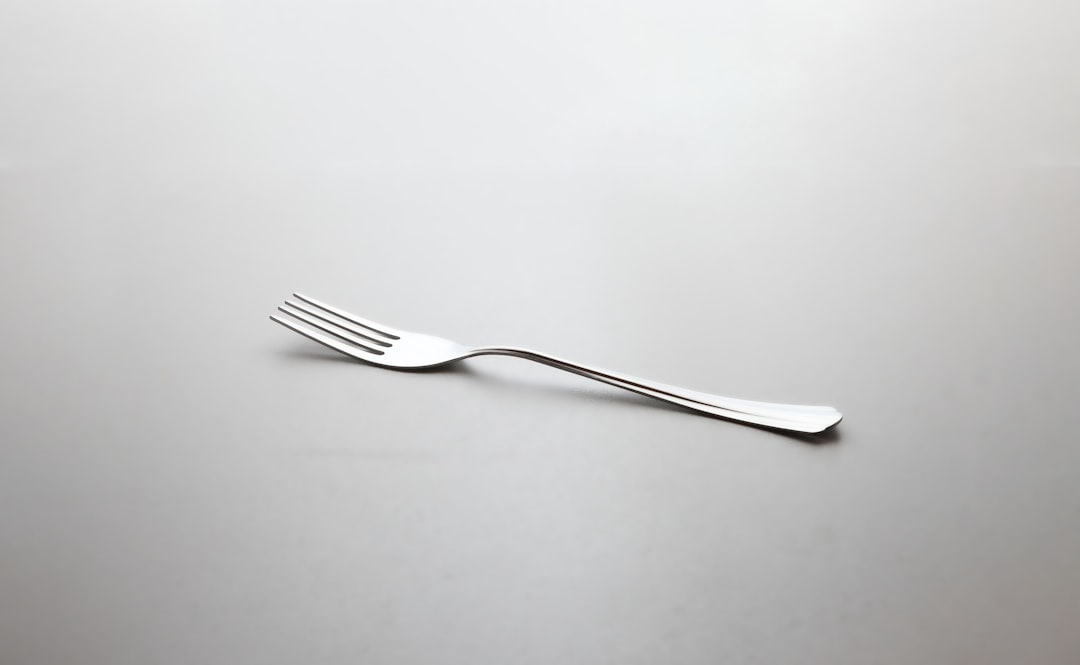
Longer tines
Shorter handle
Fewer tines
Smaller size
What utensil is a fork often paired with in a dining set?

Knife
Spoon
Chopsticks
Plate
Which Italian city was pivotal in the fork’s history?

Rome
Florence
Venice
Milan
What is the purpose of a carving fork?
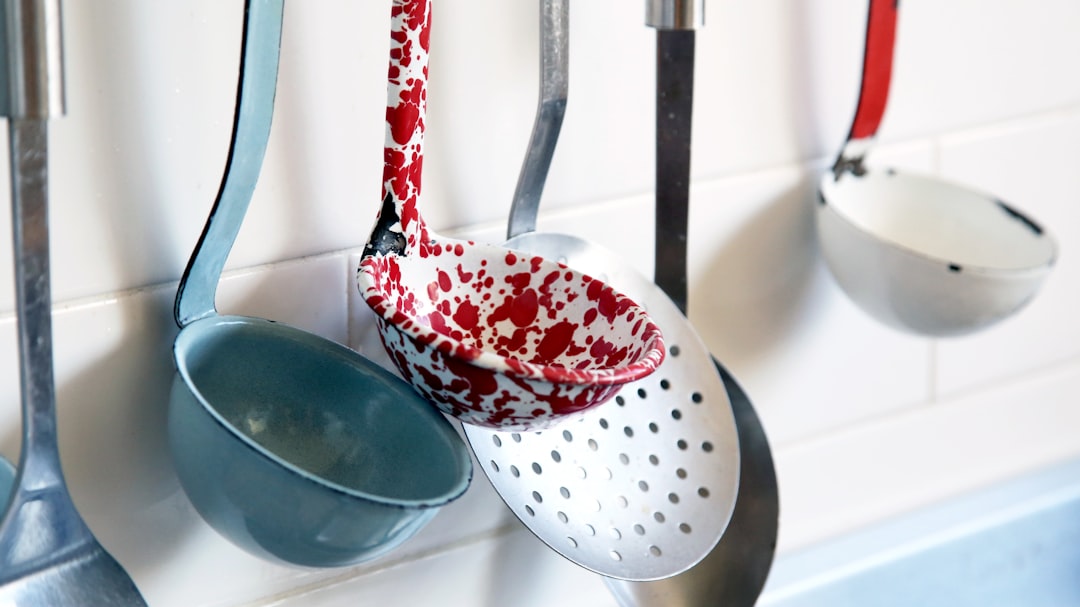
Hold meat while cutting
Stir soup
Serve salad
Eat dessert
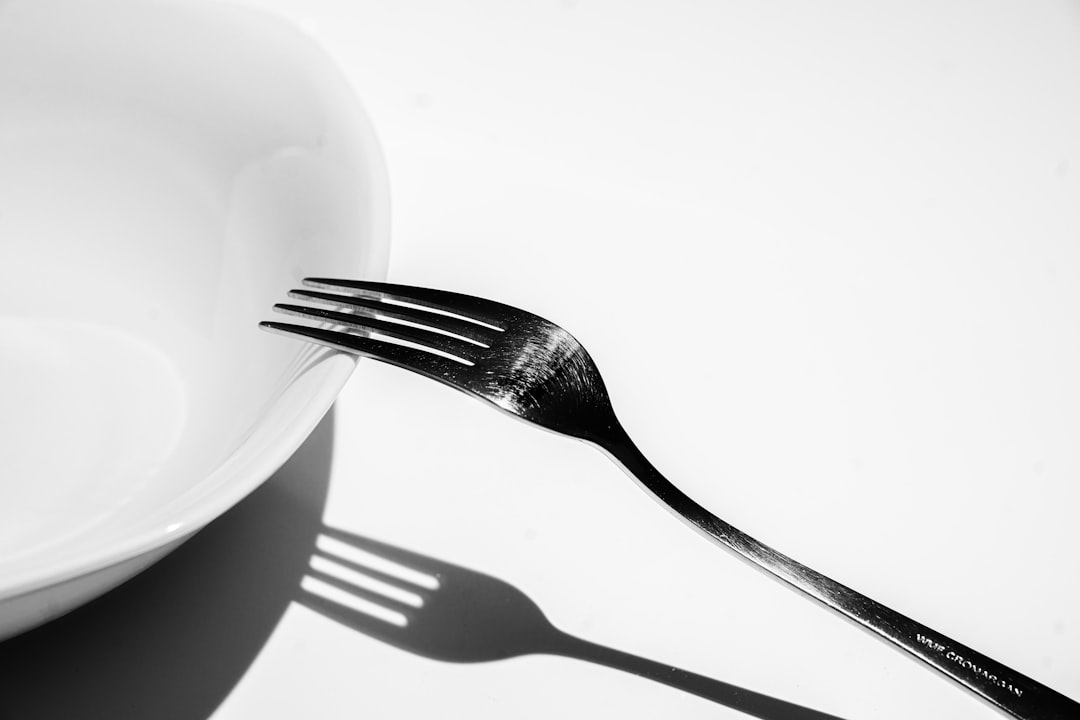
Fork Fumbler?
Your tableware trivia could use a bit of polishing up!
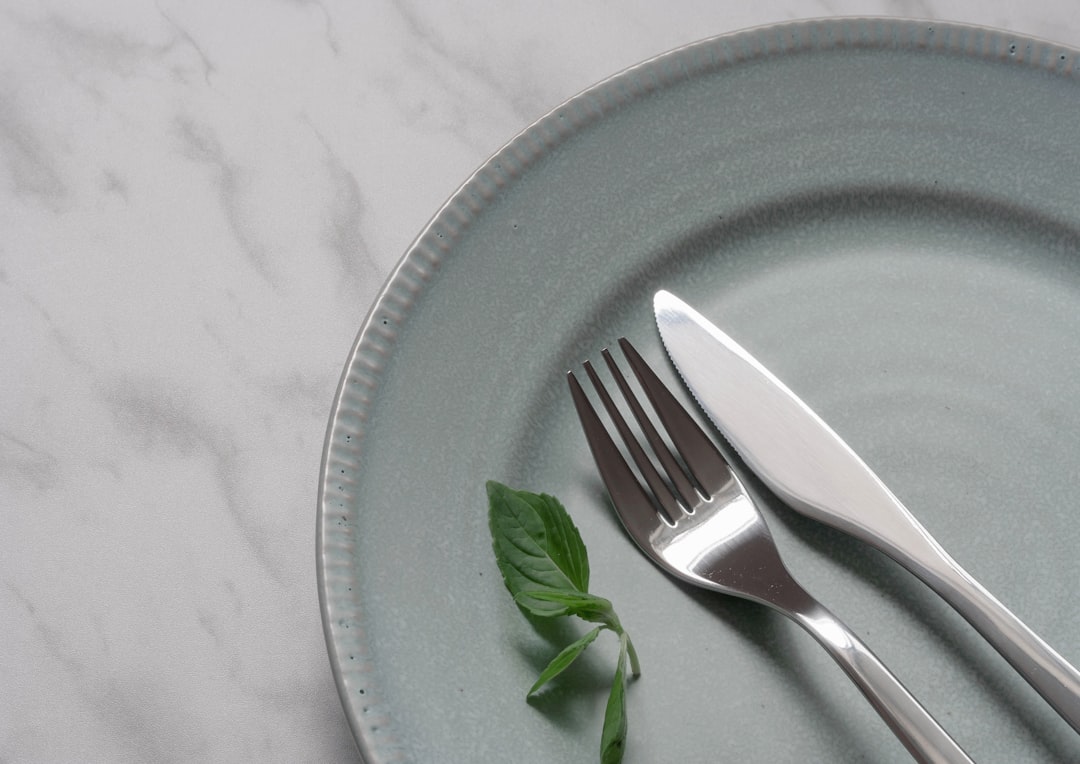
Cultured Cutlery Cadet
You’ve got a handle on fork history, but there’s more to learn!

Forklore Master
Impressive! Your knowledge could set the table at any historical feast!

